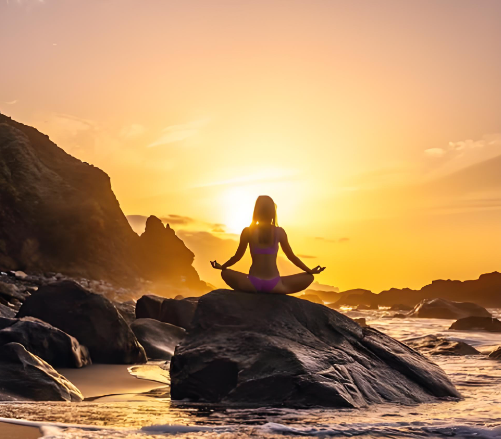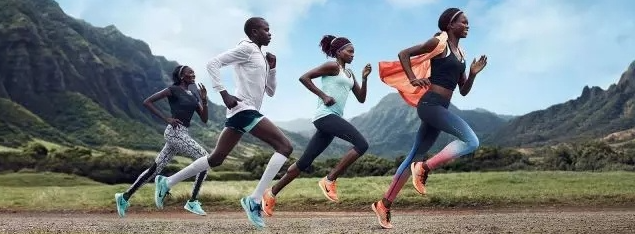
What is yoga?
Much of the yoga that we now practice in the West is based on an eight-path system, outlined by a sage in Ancient India called Patañjali.
Little is known about Patañjali’s life but his wisdom, as explained in The Yoga Sutras of Patañjali, has become internationally recognised.
These sutras (or ‘words of wisdom’) outline the eight limbs of yoga that, if followed, are said to help a person to reach enlightenment. One of these branches is the physical practice of yoga postures, known as asana.
We’ll mainly be discussing the physical practice of yoga in this feature, but it’s important to be aware of the historical and cultural context of your yoga practice before starting out. Plus, as you further your physical practice, you may wish to dive into yoga’s rich history even further.
The health benefits of yoga
Yoga has a number of physical benefits for our body. Yoga poses can help to build strength and flexibility all over our body, helping to keep us mobile throughout life.
Not only that, as a low-impact weight-bearing exercise, yoga can also help to keep our bones healthy and strong.
Many scientific studies are also beginning to recognise the number of benefits that yoga has for our mental health. People often turn to yoga as a means to deal with stress and anxiety – and for good reason. Research shows that yoga can actually decrease the secretion of cortisol – one of our key stress hormones.
How to start a yoga practice
What you’ll need
While you can practice your yoga anywhere, mats and props can make poses more comfortable and accessible.
Grippy mats can prove hugely beneficial to your practice and prevent slippage in certain poses. They can be expensive, so are something of an investment. Our pick? The Jade Harmony mat is well worth a look. Not only does it have incredible grip, but these mats are also eco-friendly. They’re sustainably made, with Jade Yoga planting a tree for every mat sold.
We also like the thickness of this mat. It’s plenty thick enough to provide cushioning, but not so much that it impacts on our ability to balance.
Bricks and blocks are also really useful for getting the most out of your practice. Blocks are thinner and have a flat surface area – they can be really handy for sitting on. They can help to create a little more ease in the hips and knees, making sitting postures more accessible. Bricks are helpful for ‘raising the ground’. For instance, if you often feel squashed in a lunge pose by having your hands on the floor, placing your hands on bricks can help you to lift you up and create a little more space in your chest area.
A yoga strap can be really helpful for making poses more accessible. For example, if you struggle to touch your toes in a forward fold, you can place a strap around the ball of your foot. From here, hold onto the ends of your strap, stretching into the pose.
Other props that might prove useful can be bolsters and blankets for additional support, and maybe even a foam roller to provide relief to tired muscles. Yoga wheels are becoming an increasingly popular prop and can help as an aid to balancing, stretching and strengthening.


